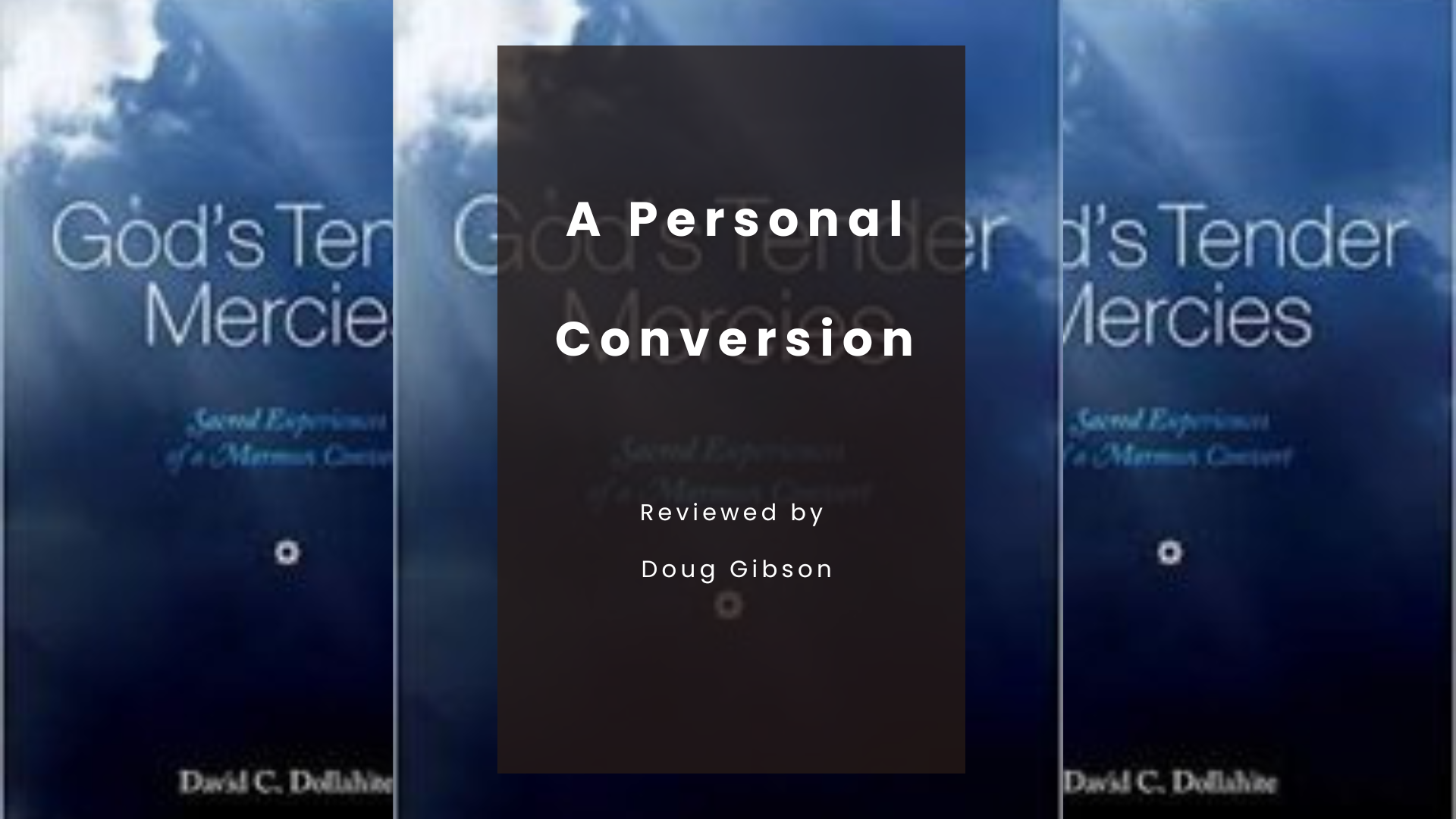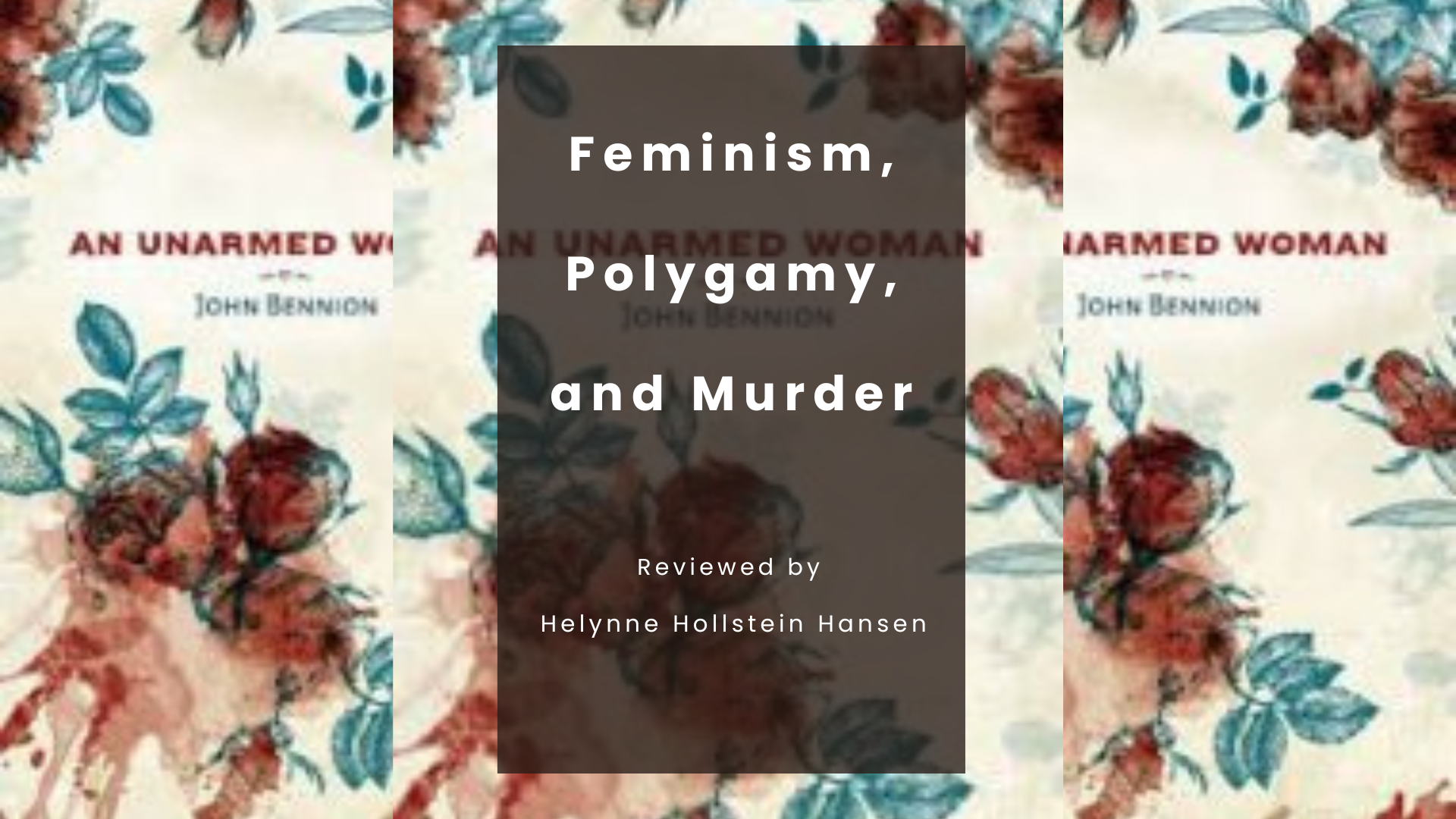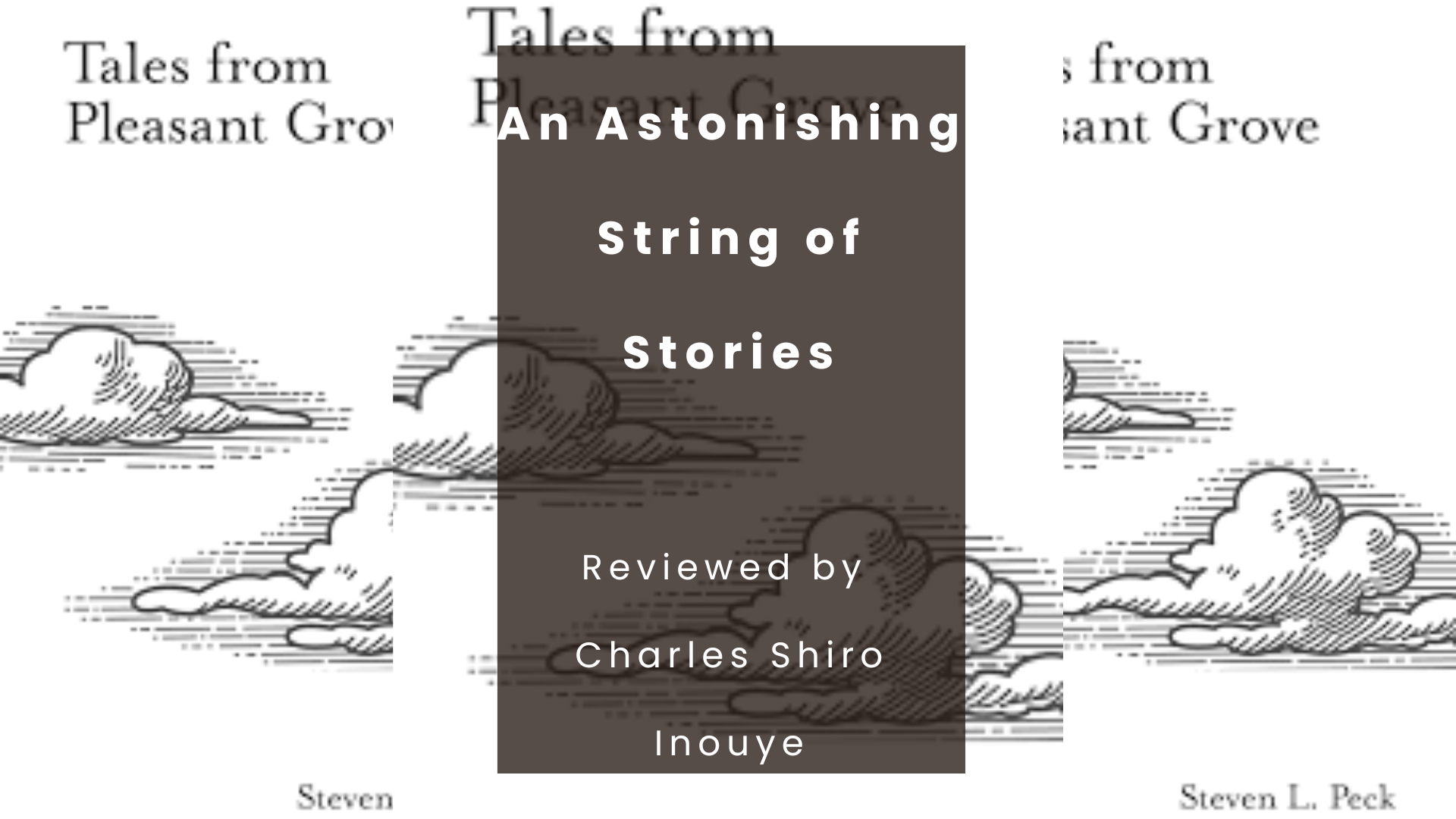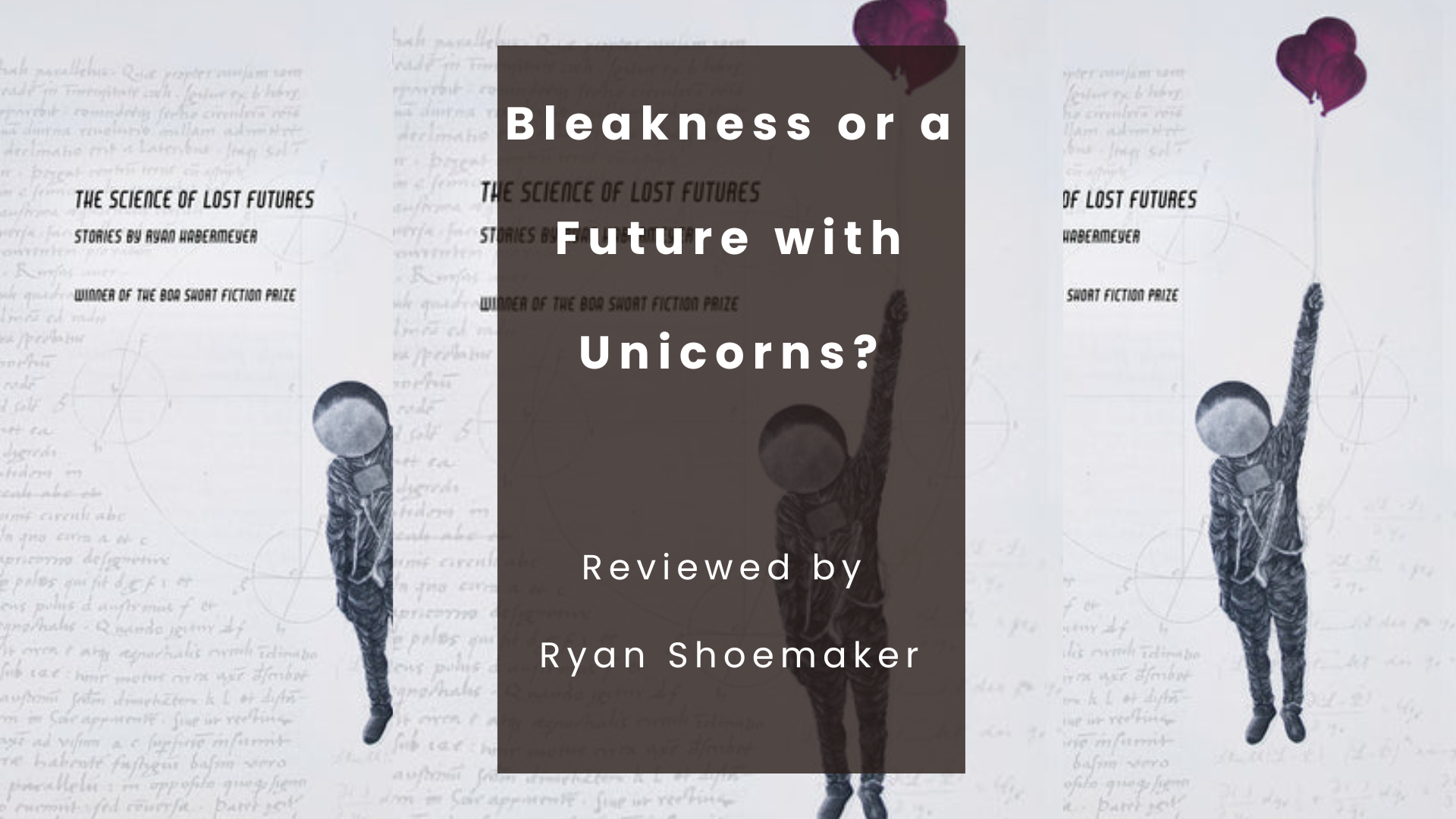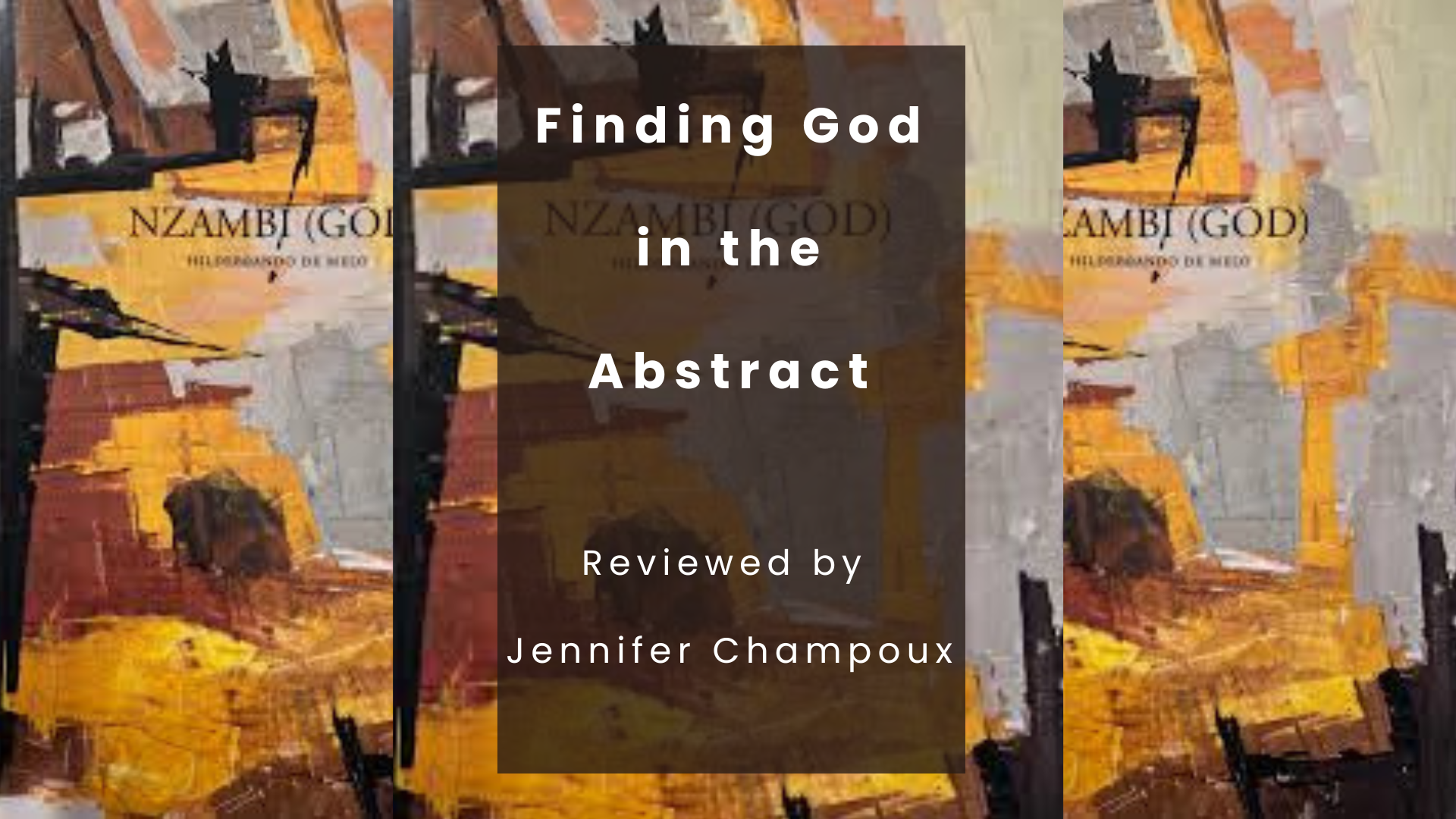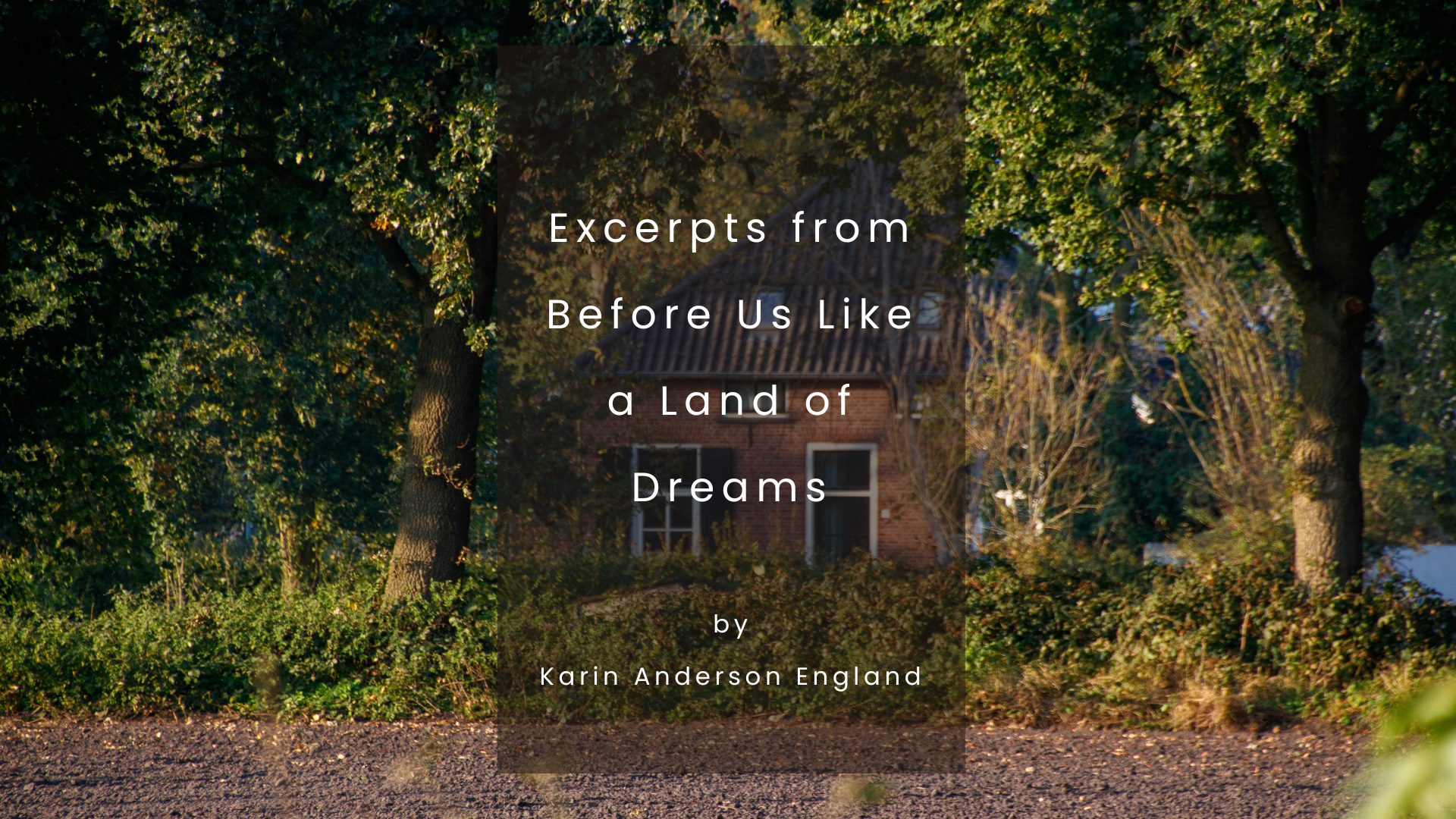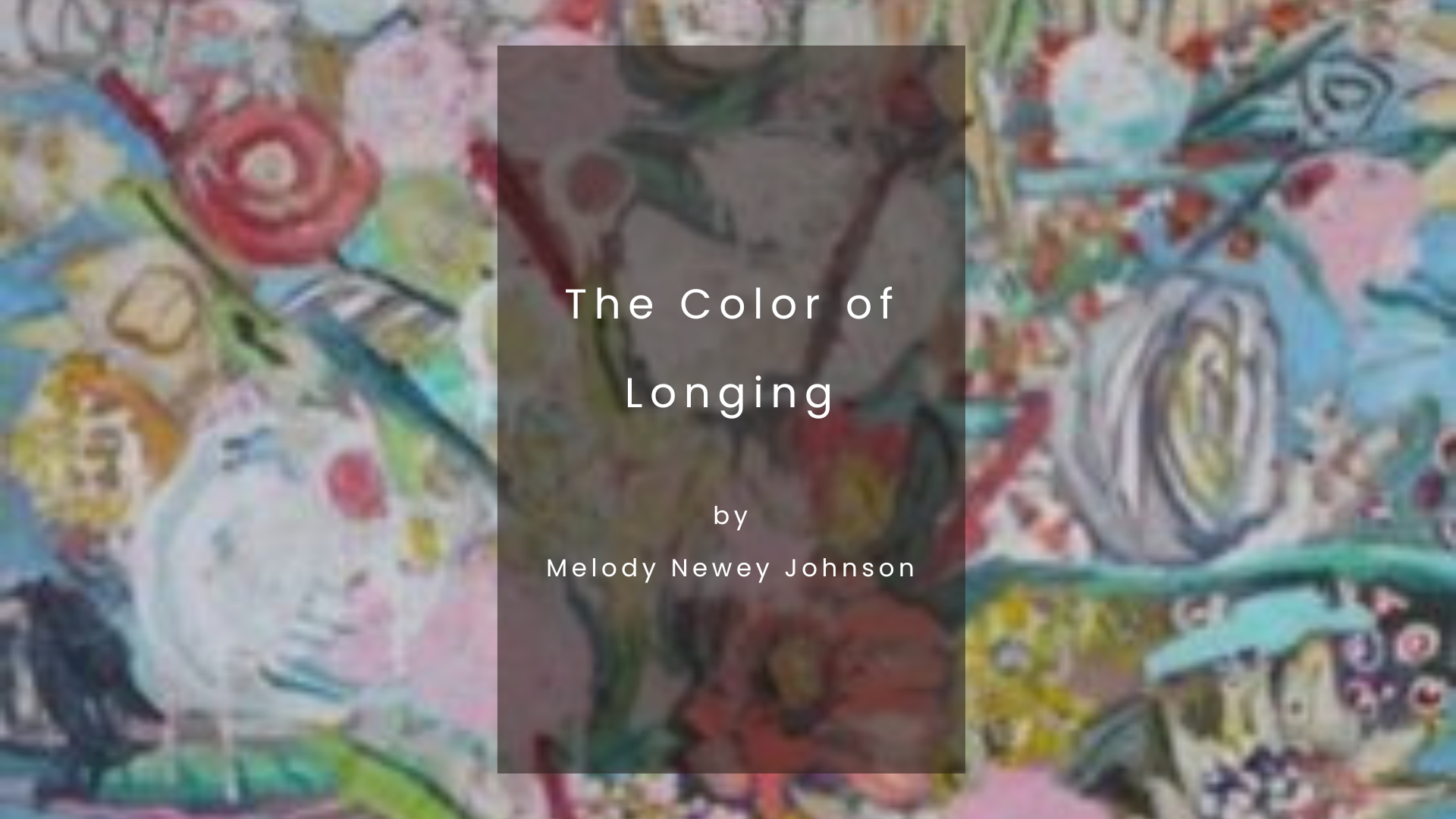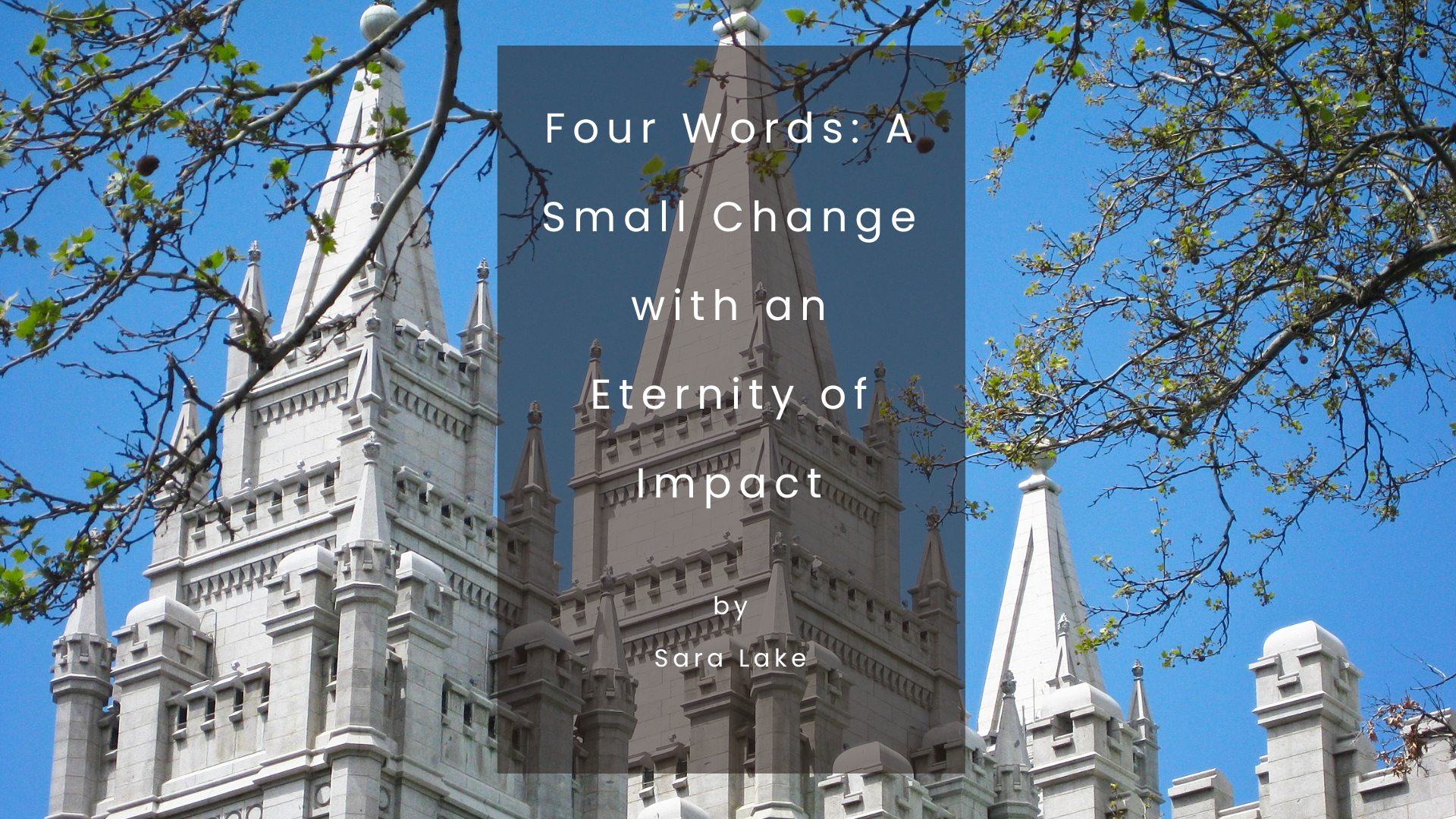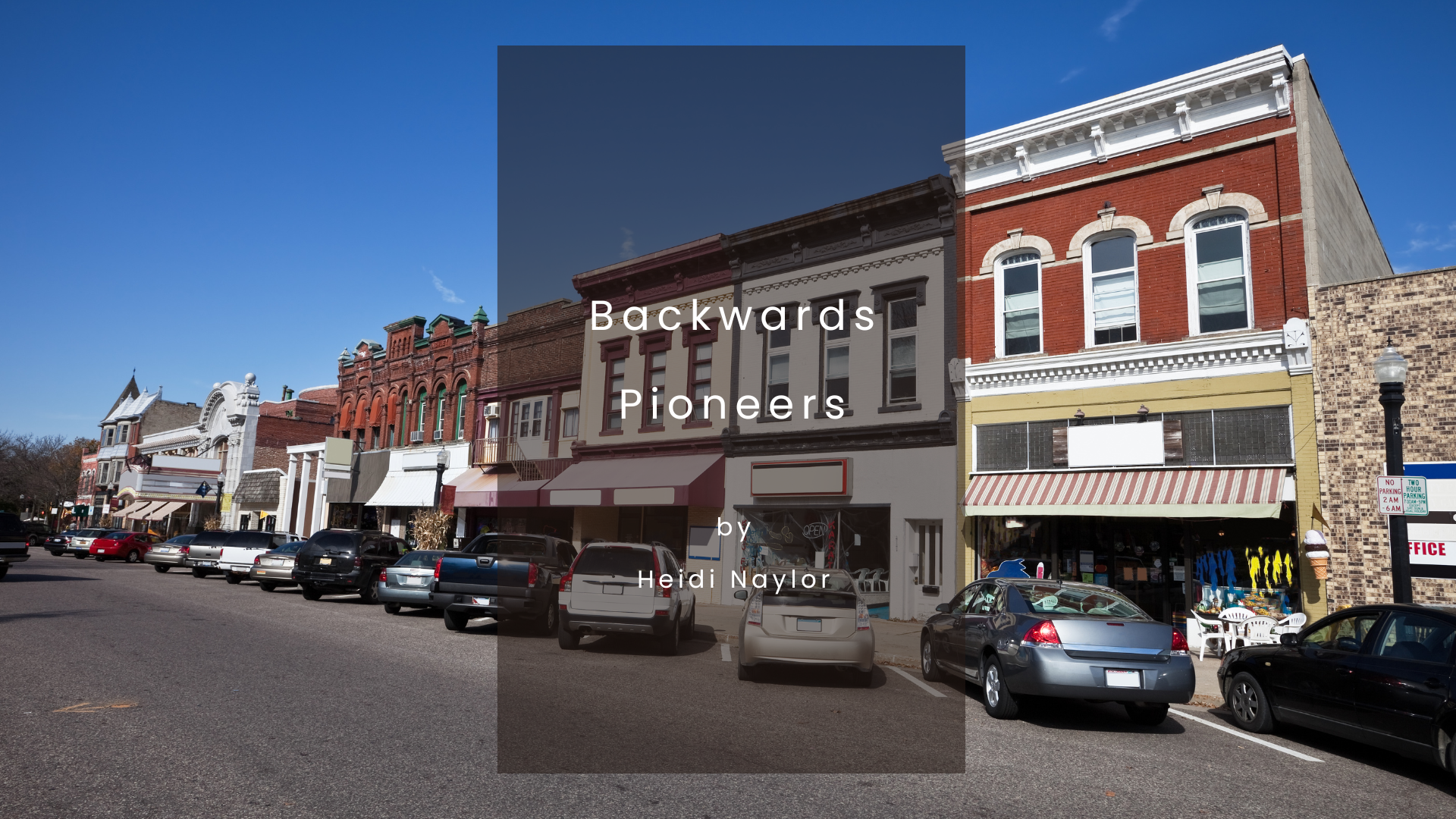A Personal Conversion | David C. Dollahite, God’s Tender Mercies: Sacred Experiences of a Mormon Convert
May 13, 2019Brigham Young University School of Family Life professor David C. Dollahite’s memoir God’s Tender Mercies primarily focuses on Dollahite’s conversion, his mission to the Boston area, and his courtship and marriage to Mary Kimball. One…


